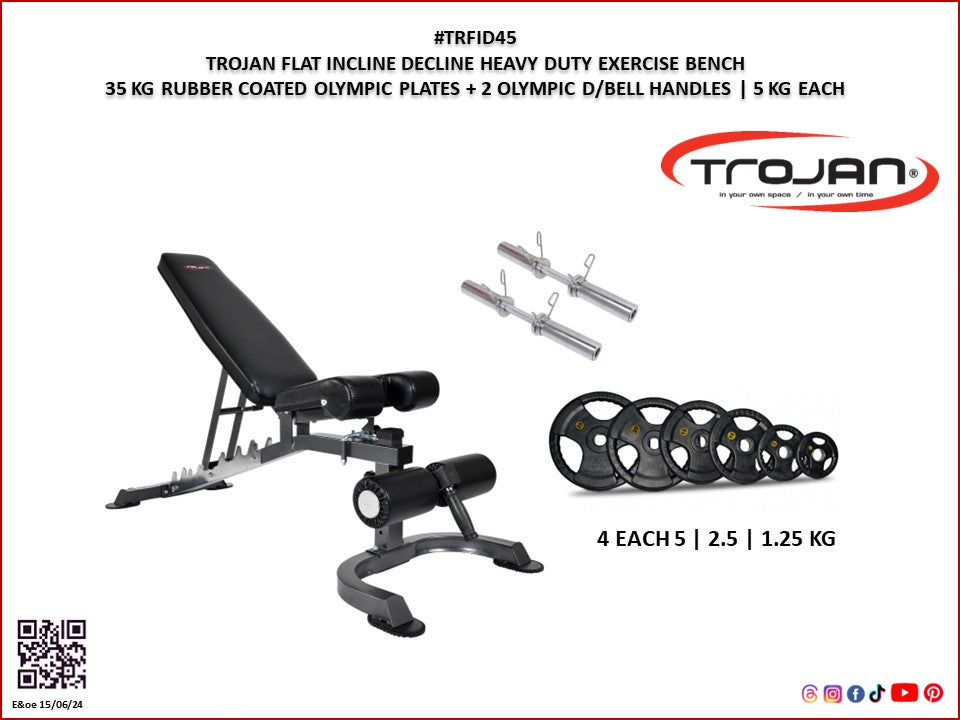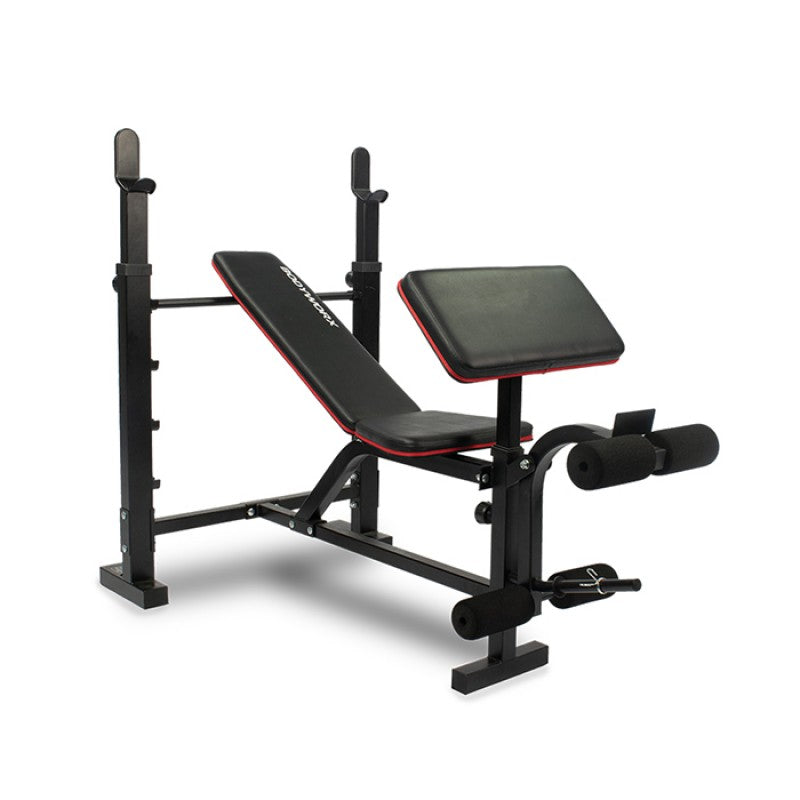Strength training is an essential component of any workout regimen. Weightlifting, also known as strength exercise, has been used to improve physical power for ages.
Strength exercises, whether performed with bodyweight, resistance bands or machines, dumbbells, or free weights, have been shown to boost muscle growth and offset age-related loss of muscle mass, according to studies.
It’s grown increasingly mainstream for weight maintenance. While workouts like jogging and cycling help shrink the fat mass, they can also reduce muscle mass, resulting in weaker muscles and a false sense of weight reduction since muscles are denser than fat.
Unlike endurance activities, however, data demonstrates that resistance training not only reduces excess fat but also enhances muscle growth and power.
Multifaceted Benefits
1. The “After-Burn” Phenomenon
Your muscles require more fuel while you workout than when you are resting. This fuel originates from your muscles’ capability to use oxygen to burn up fat and glucose stashed in muscles, liver, and adipose tissues. As a result, we start breathing quicker throughout the workout, and our hearts pump faster to achieve greater oxygenation of fat and glucose in our working muscles.
What’s rarely visible is that after we’ve completed lifting weights, the demand for oxygen stays high to break down fat stores and carbs and return muscles to their rested condition. Excess post-exercise oxygen consumption (EPOC), often referred to as the “after-burn phenomenon,” describes this process. It explains how long the muscle cells’ oxygen consumption stays high after strength training to aid recovery.
High-intensity resistance exercise is the best way to increase both immediate and long-term after-burn.
2. Long-Term Fat Loss
Resistance exercise can also help with long-term weight maintenance. This is because muscle mass affects your resting metabolic rate (RMR), which is the amount of calorie intake your metabolism needs to operate while resting.
In sedentary individuals, the resting metabolic rate represents 60-75 per cent of overall energy use, and fats are the body’s primary fuel source during rest.
RMR is increased by improving muscle growth via strength training, which leads to increased or sustained fat loss over time. Strength training increased resting metabolic rate, according to an analysis of 18 research studies.
3. Strengthen Bones
With ageing, lean muscle tissue normally declines. If you don’t use anything to replenish the lean muscles you keep losing over years, your body fat content will rise. At any age, strength exercise may help you maintain and improve your muscular mass. Strength training can also assist you with the following:
Strengthen your bones. Strength exercise increases bone density and lowers the chances of osteoporosis by putting force on your bones.
4. Help with Chronic Disease Management
Strength training has been shown in research to aid patients with a variety of chronic diseases, namely neuromuscular disorders, HIV, chronic obstructive pulmonary disease, and various malignancies.
How to Start
You’re undoubtedly thinking if you’ll be needing a lot of equipment to begin strength training. Not. Weightlifting and strength training for newbies don’t have to be a maze.
In truth, it’s a rather easy kind of fitness regimen that incorporates weight training. Simple props such as stretchy resistance bands and free weights such as dumbbells, fixed weights such as barbells, and machine weights can aid exercises. Also, don’t be scared to mix all these things up. More diversity may aid in your strength development.
You do not require a lot of expensive equipment. Dumbbells, kettlebells, barbells, and cables are commonly used in strength training, and may all be discovered at the gyms. Alternatively, stock up on home gym equipment and go work out in the backyard.
The Top Equipment for Home Workouts
There’s a fantastic gym that’s closer, never gets busy, regularly plays your favourite music, and has the greatest strength training equipment. That fitness centre is…your house. Yes, you read that correctly. It is quite feasible to obtain an excellent strength training session at home with the correct gear and fitness programs.
To make the best out of your at-home training, browse through the following checklist of strength training equipment.
1. Free Weights
The term “free” does not always mean cash. It indicates that the weights are not connected to a machine. Traditional strength-training equipment includes barbells and dumbbells. Kettlebells are another possibility.
Rows, bicep curls, squats, and deadlifts are just a few of the strength training movements you may do with free weights in your at-home sessions.
Begin with a pair of handheld dumbbells if you want to practice at home. Dumbbells are great for a range of strength movements, ranging from compound movements to solitary repetitions. Dumbbells may be used to test your ranges of movements with lunges, triceps kickbacks, and chest presses.
You may always add or subtract weight. Your regimen will be more varied with a bigger dumbbell and bench. But proceed with caution. Free weights are more difficult and can harm you than weight machines, so be careful and learn how to manage them properly.
2. Weight Machines
Most gyms include a variety of strength equipment. Weight machines may also be purchased to be used at home.
You train a single muscle group at a time when you utilise one of them. They’re typically safest since they hold you in the proper position, but they don’t always produce the same natural movement as free weights. Weight machines are also more expensive, either you get one for household use or subscribe to a gym membership.
3. Resistance Bands
Resistance tubing or fitness bands are other terms for the same thing. When pulled, a resistance band is a cheap, lightweight tube that produces resistance. Many different varieties of resistance bands are available in almost every sports retail store and online.
Resistance band workouts are a great option if you have limited open space and don’t have extra space for a set of dumbbells. Any workout can be made more difficult. They’re also portable and lightweight, so you can fit them in your carry-on bag for a hotel room exercise.
Word of Caution!
Before starting a strength training or aerobics exercise program, see your physician if you have a chronic ailment or if you’re over 40 and haven’t been active lately.
Disclaimer
The information provided on this website is intended for general informational purposes only and should not be considered professional or medical advice. We make every effort to ensure the information provided is accurate and up-to-date, but we cannot guarantee the accuracy, completeness, or timeliness of the information. Any reliance you place on such information is strictly at your own risk. Always consult a qualified professional before making any significant changes to your diet, exercise routine, or lifestyle. We are not responsible for any adverse consequences resulting from the use of, or reliance on, any information provided on this website.
 All Payment Methods are Accepted
All Payment Methods are Accepted










